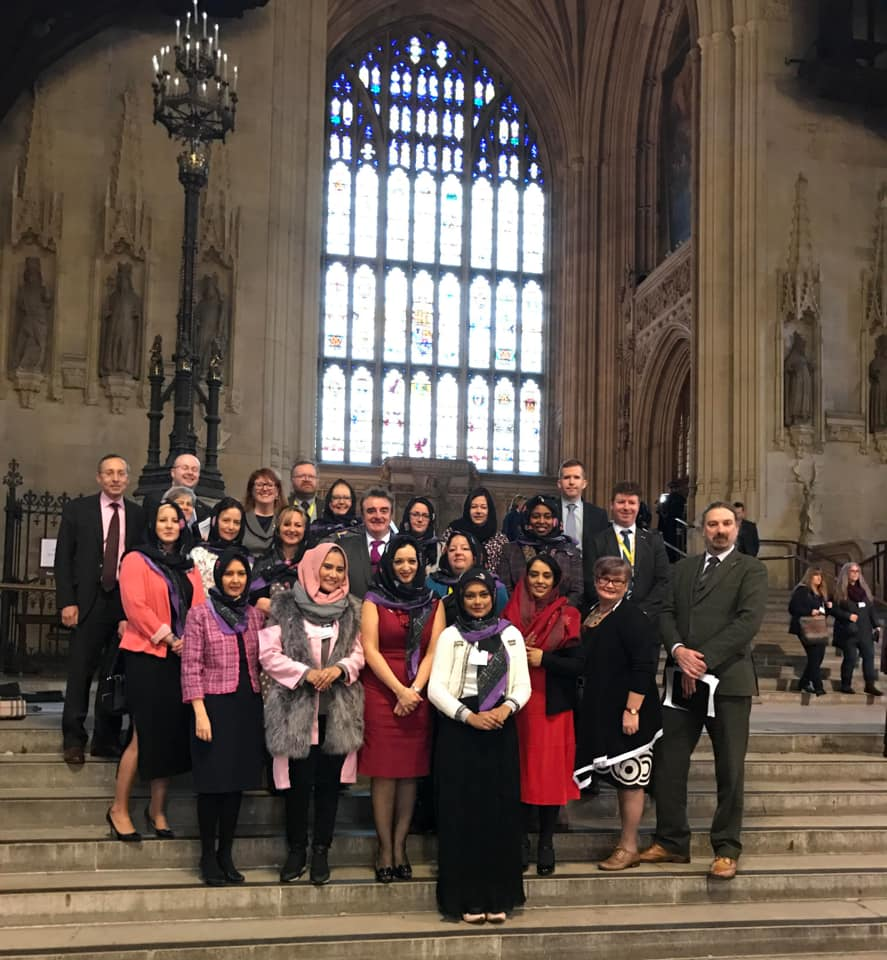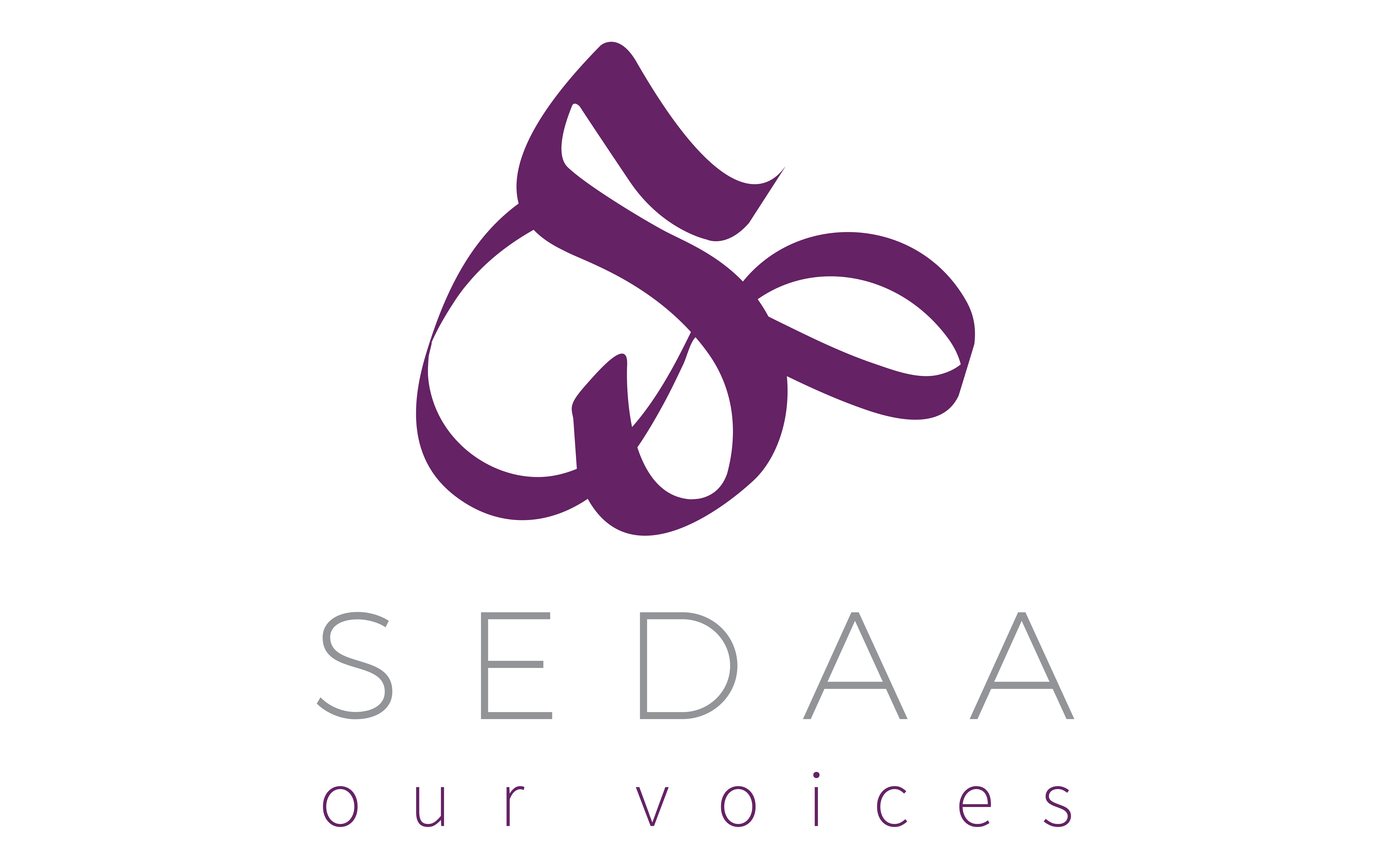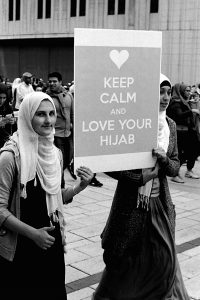By Arshia Malik
February 1st has been designated as No Hijab Day by liberal, reforming Muslims, as well as atheist/agnostic men and women of Muslim heritage, to counter the World Hijab Day — misleadingly started amidst rising concerns of anti-Muslim bigotry or Muslimphobia in the West by Nazma Khan, a Bangladeshi-American and New York resident.
Anti-Muslim bigotry, or Muslimphobia, is a real and rising concern after 9/11 and ought to be addressed. But for non-Muslim feminists, liberals and rationals, it is important to understand the nuances of the debate on the hijab, veil or modesty dressing, and not end up supporting those who repress other fellow Muslims into wearing a symbol of Islamism.
First of all, it was cruel to choose February 1st as World Hijab Day, because it is also the day when Ayatollah Khomeini returned from his French exile to inaugurate the Islamist Revolution in Iran, and ended up forming a government that made purdah (veiling) mandatory, by policing women into wearing the chador, the headscarf and other modest dressing.
Therefore, this day cannot be a day to “foster religious tolerance and understanding by inviting women (non-Hijabi Muslims/non-Muslims) to experience the hijab for one day”, as the movement’s website states.
There is a clear Islamist agenda behind this and, as is typical of Islamists, to conceal it behind the facade of liberalism, using the West’s freedom of speech rights and their values to enforce repressive habits, norms and other regressive social practices, which many on the left will end up supporting.
They do this, perhaps with good intentions, to be ‘inclusive’ but end up serving as useful idiots for what is a dangerous trend, i.e. supporting the very practices that the religious-conservatives (albeit a minority) coerce on the majority dissidents through intimidation, threats, ostracism, smear campaigns, shaming and — in some cases — honour killings.
Women from ‘free’ countries in the West should use the resources of their regions to identify, understand, and recognise those repressed by the religious conservatives of Islam by segregation, seclusion and enforced separation of women, rather than practise cultural relativism.
It is ironic that feminists claiming to fight their own patriarchy fail to recognise this push of Muslim patriarchs to normalise the hijab and exhort non-Muslims into accepting it as a symbol of piety or Muslim identification.
Inevitably, non-Muslims too end up practising ‘takfirism‘ — the declaration of dissidents as blasphemers and apostates, therefore justified for murder, or wajib ul qatl — by siding with the Islamists in observing World Hijab Day.
This normalising of “not-true-Muslims” in daily life also does a disservice to the internal diversity within the Muslim world, especially in the 21st century.

As the hijab debate — whether it is a symbol of empowerment for Muslim women or not — grows a decade old, there are reports of students in India’s Udupi in Karnataka, India, who were denied entry into a government-run girls’ college.
Six students had decided to sport the hijab and attend classes against the rules of the institution; it doesn’t permit any such additions or modifications to the prescribed uniform.
The Karnataka govt did decide to set up a committee to look into the matter while directing the college to maintain the status quo. The college authorities concerned about the loss of classes and impending exams of the students did offer the solution of virtual classes until the matter is resolved but the girls have refused.
From politicians to civil society to college management to many parents, this is being seen as an attempt to disturb the harmony of an institution with the students having the choice of moving to other colleges where their demands can be met.
If this sounds like India is being anti-Muslim, consider the fresh case of a student petition to include the hijab in the Student Police Cadets’ uniform.
The state government of Kerala, which is Communist, dismissed the demand, summarily stating that combining religious matters with uniforms can lead to questions on discipline and secular survival of the forces.
In fact, the idea behind the Student Police Project itself was to create a generation that places nation above all differences of background.
This is what the secular fabric of India is all about and why it still considers the hijab or any other form of purdah as a religious symbol. Under the Constitution of India, Muslims have the right to practice their religion, but since India also has a secular constitution, donning the hijab in educational institutes or in the armed forces is seen as a breach of secular values, which of course is not anti-Muslim bigotry, simply a separation of religion from the state — the true definition of secularism.
So this February 1st, think twice before supporting the World Hijab Day and why it was started, and what you as a non-Muslim or as a non hijab-wearing Muslim man or woman (yes, there have been cases of Western men donning it in solidarity) could be supporting.
Even if one woman anywhere on the planet is coerced, intimidated, or threatened into putting on the hijab, it cannot be a symbol of empowerment or religious freedom.
Main Pic Credit: Gerry Lauzon / Flickr
 Arshia Malik is a Delhi-based writer, heresiographer and social commentator with focus on women’s issues and conflicts in societies, with a particular focus on South Asia. She makes her living as a school teacher and is an avid collector of literature.
Arshia Malik is a Delhi-based writer, heresiographer and social commentator with focus on women’s issues and conflicts in societies, with a particular focus on South Asia. She makes her living as a school teacher and is an avid collector of literature.
Follow her on Twitter.

